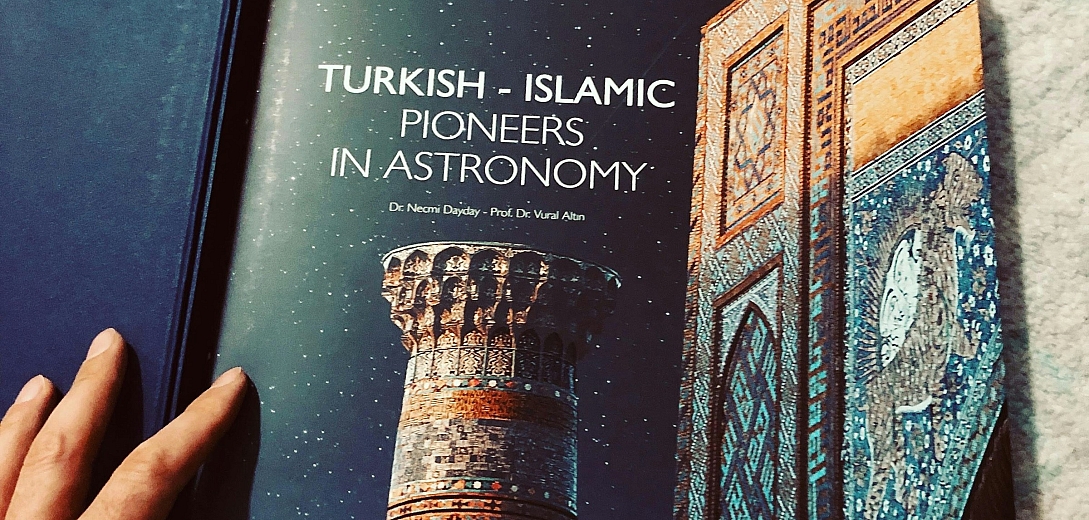
The Legacy of Turkish-Islamic Pioneers in Astronomy
Türkiye’s rich history is adorned with contributions to various fields, and astronomy is no exception. The Islamic Golden Age, spanning from the 8th to the 14th centuries, saw a remarkable flourishing of science, with many Turkish-Islamic scholars playing pivotal roles in advancing our understanding of the cosmos.
The legacy of Turkish-Islamic astronomers is a testament to the rich scientific heritage of the Islamic Golden Age. Their contributions to astronomy not only advanced our understanding of the cosmos but also bridged the gap between ancient and modern science. Their work continues to inspire and inform astronomers, historians, and scholars worldwide.
We will take a look into the lives and works of these pioneers, their contributions, and their enduring legacy in the field of astronomy.
The Golden Age of Islamic Astronomy
The Historical Context
The Islamic Golden Age was a period of cultural, economic, and scientific flourishing in the history of Islam, traditionally dated from the 8th century to the 14th century. During this era, scholars from across the Islamic world made significant advances in science, medicine, mathematics, and astronomy. This period saw the establishment of institutions such as the House of Wisdom in Baghdad, where scholars translated and expanded upon the works of ancient Greek, Indian, and Persian scientists.
The Importance of Astronomy in Islamic Culture
Astronomy held a special place in Islamic culture due to its practical applications in religious practices. Accurate knowledge of the positions of the sun and moon was essential for determining prayer times, the beginning of Ramadan, and the direction of Mecca (Qibla) for prayer. This religious impetus, combined with intellectual curiosity, drove the development of sophisticated astronomical instruments and methods.
Al-Farghani: The Master of the Celestial Spheres
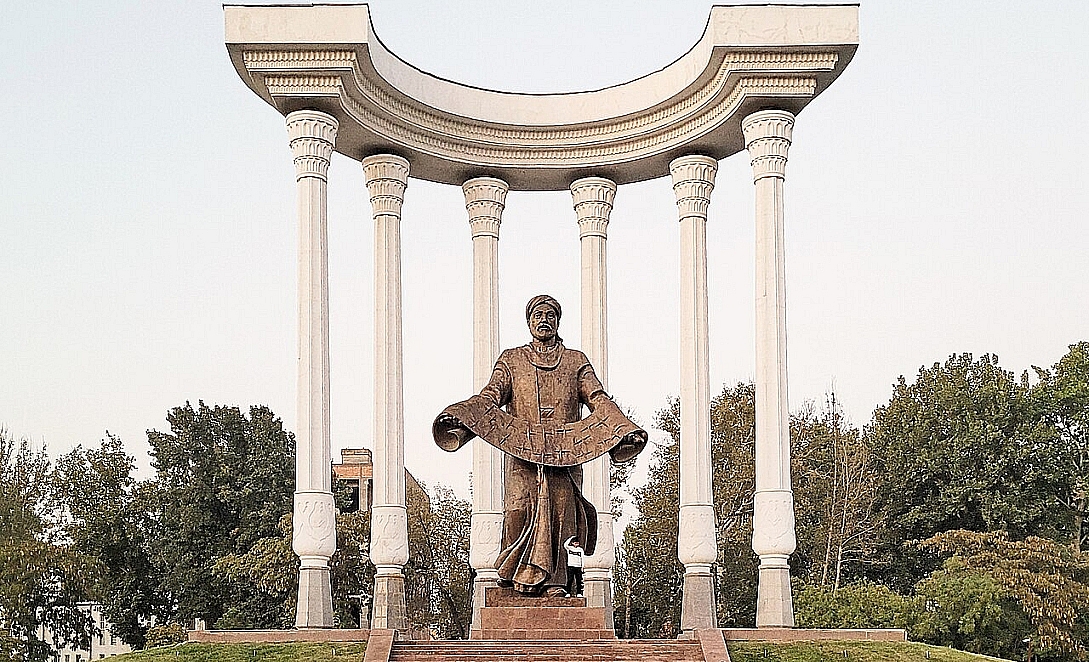
Biography and Early Life
Abu'l-Abbas Ahmad ibn Muhammad ibn Kathir al-Farghani, commonly known in the West as Alfraganus, was born in the 9th century in the region of Farghana (modern-day Uzbekistan). His exact birth and death dates are not well-documented, but his contributions to astronomy are enduring.
Major Works and Contributions
Al-Farghani's most notable work is the "Kitab fi Jawami’ ‘Ilm al-Nujum" (A Compendium of the Science of Stars), which was widely influential in both the Islamic world and medieval Europe. This book provided a detailed summary of Ptolemaic astronomy, offering corrections and improvements to earlier models.
Legacy and Influence
Al-Farghani's works were translated into Latin and became textbooks in European universities during the Middle Ages. His accurate measurements of the Earth's circumference were particularly influential, showcasing the advanced understanding of geography and astronomy in the Islamic world.
Ulugh Beg: The Sultan Astronomer
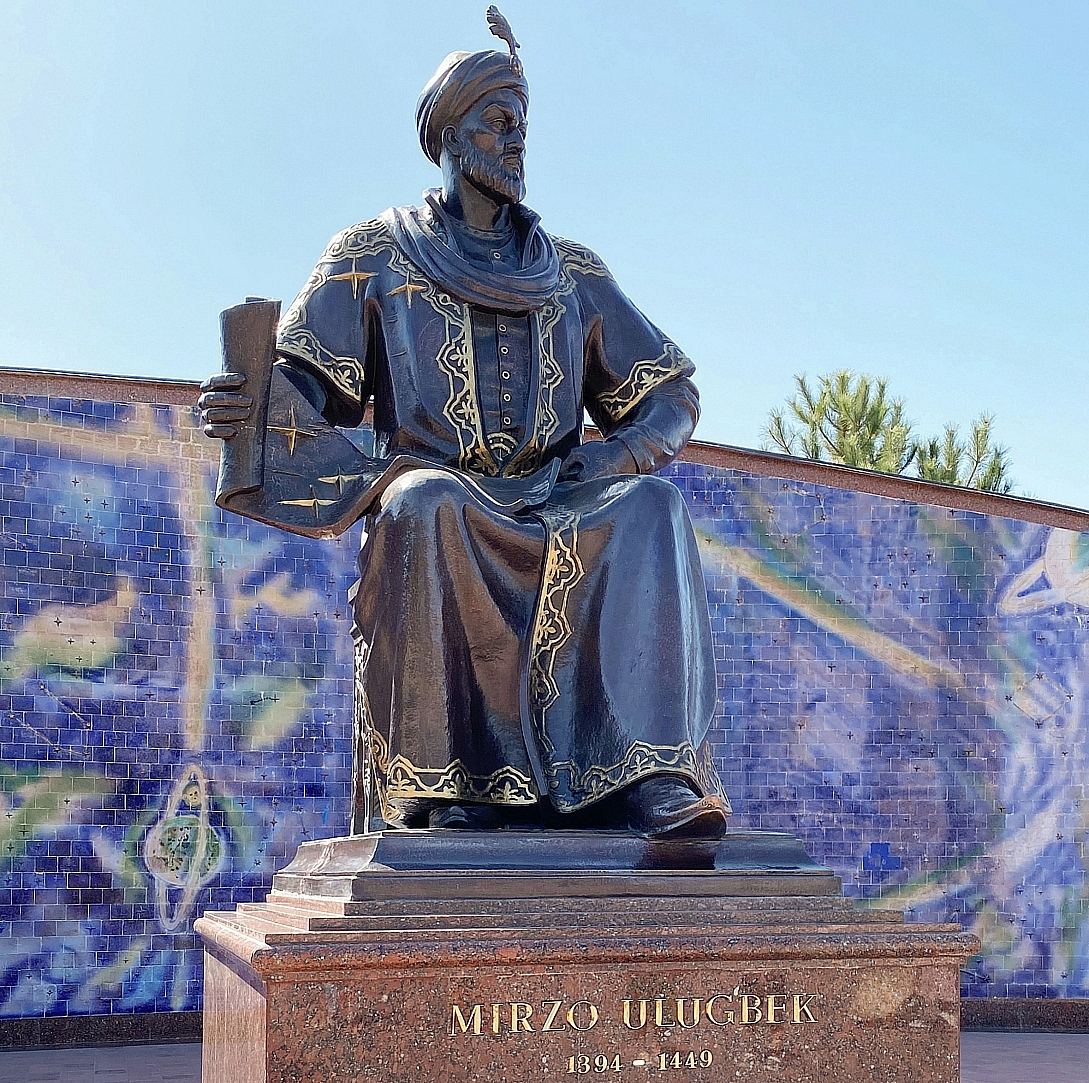
Early Life and Background
Mirza Muhammad Taraghay bin Shahrukh, better known as Ulugh Beg, was born in 1394 in Sultaniyeh, Persia. He was a Timurid ruler, astronomer, and mathematician. His interest in astronomy was likely influenced by his royal upbringing and the scholarly environment of the Timurid court.
The Samarkand Observatory
Ulugh Beg established the Samarkand Observatory in the early 15th century, one of the most advanced astronomical observatories of its time. The observatory was equipped with an enormous meridian arc, used to measure the positions of celestial bodies with unprecedented accuracy.
Achievements and Discoveries
Ulugh Beg's most significant contribution is his star catalogue, the "Zij-i-Sultani," which includes precise positions of 992 stars. His observations were remarkably accurate and remained the most reliable until the advent of the telescope.
Ulugh Beg’s Legacy
Despite his tragic assassination in 1449, Ulugh Beg's contributions to astronomy continued to influence scholars for centuries. His observatory and star catalogue stand as testaments to the scientific prowess of the Islamic Golden Age.
Taqi al-Din: The Renaissance Man
Life and Career
Taqi al-Din Muhammad ibn Ma'ruf al-Shami al-Asadi was born in 1526 in Damascus, Syria. He was a polymath who made significant contributions to various fields, including astronomy, engineering, and philosophy. He served as the chief astronomer at the Istanbul Observatory, established by Sultan Murad III in the 16th century.
Innovations and Inventions
Taqi al-Din is credited with several groundbreaking inventions, including an astronomical clock capable of measuring time with remarkable precision. His book, "Al-Turuq al-samiyya fi al-alat al-ruhaniyya" (The Sublime Methods of Spiritual Machines), describes many of his mechanical innovations.
The Istanbul Observatory
The Istanbul Observatory, under Taqi al-Din's direction, became a centre of astronomical research. He compiled a new star catalogue and made detailed observations of planetary positions, eclipses, and comets. His methods and instruments were ahead of his time, reflecting the high level of scientific inquiry in the Ottoman Empire.
End of the Observatory
Unfortunately, the Istanbul Observatory was destroyed in 1580 due to political and religious tensions. Despite this setback, Taqi al-Din's contributions continued to be recognized and celebrated in the history of astronomy.
Legacy of Turkish-Islamic Astronomers

Influence on Modern Astronomy
The works of Turkish-Islamic astronomers laid the foundation for modern astronomy. Their meticulous observations, star catalogues, and advancements in astronomical instruments were crucial in the transition from medieval to modern scientific methods.
Preservation and Study of Ancient Knowledge
Turkish-Islamic scholars played a vital role in preserving and expanding upon the astronomical knowledge of ancient civilizations. Through their translations and commentaries, they ensured that the works of Ptolemy, Hipparchus, and other ancient astronomers were not lost to history.
Contributions to Educational Institutions
The observatories and madrasas (educational institutions) established by these pioneers served as centres of learning and research. They attracted scholars from across the Islamic world, fostering a culture of scientific inquiry and collaboration.
Observatories and Centres of Learning
The House of Wisdom: A Hub of Knowledge
Foundation and Purpose
The House of Wisdom, or "Bayt al-Hikma," was established in Baghdad during the Abbasid Caliphate in the early 9th century. While not exclusively Turkish, its influence reached Turkish scholars and facilitated a collaborative environment for scientists and philosophers from various backgrounds. This institution was instrumental in translating, preserving, and expanding scientific texts from Greek, Persian, and Indian sources.
Contributions to Astronomy
Astronomers at the House of Wisdom made significant advancements in observational astronomy, compiling star catalogues, and refining astronomical models. They built upon Ptolemaic systems and introduced innovations in trigonometry and algebra, essential for astronomical calculations.
The Maragheh Observatory: A Pioneering Research Center
Establishment and Innovations
Founded by Nasir al-Din al-Tusi in 1259 in present-day Iran, the Maragheh Observatory was one of the most advanced observatories of its time. Although not directly Turkish, it influenced many Turkish scholars and astronomers.
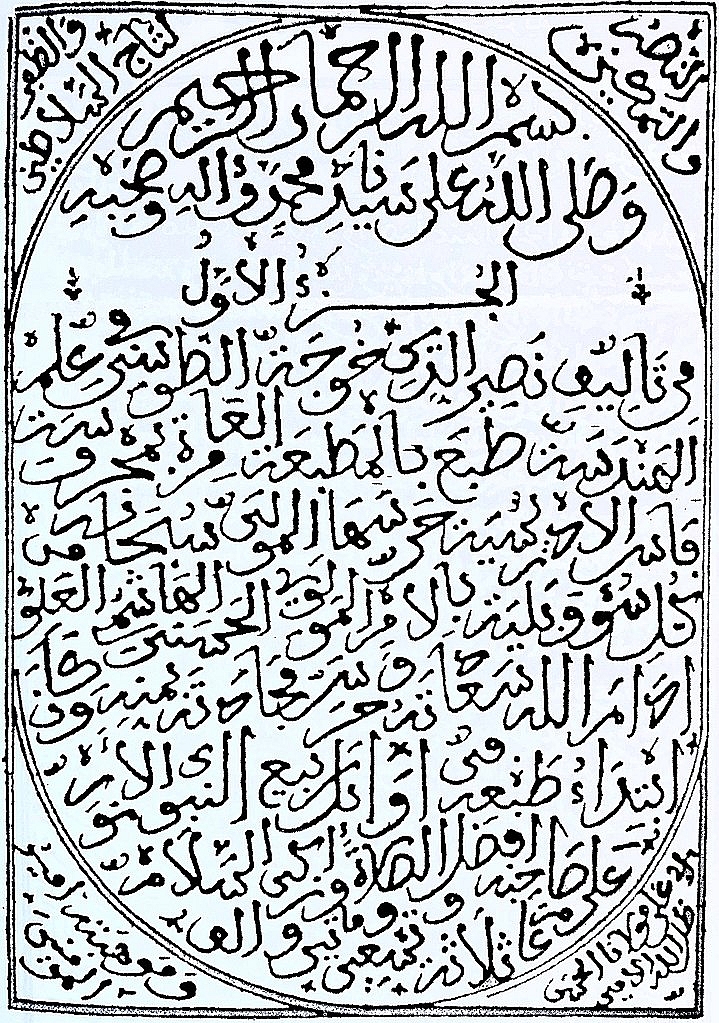
Al-Tusi’s Contributions
Al-Tusi’s work at Maragheh included the "Tusi-couple," a mathematical model that addressed deficiencies in Ptolemaic astronomy. This innovation later influenced the Copernican model of the solar system. The observatory also produced detailed star catalogues and advanced astronomical instruments.
The Istanbul Observatory: A Beacon of Ottoman Astronomy
Foundation by Sultan Murad III
The Istanbul Observatory was established in the 16th century under the patronage of Sultan Murad III. Directed by Taqi al-Din, it became a centre for astronomical research and innovation.
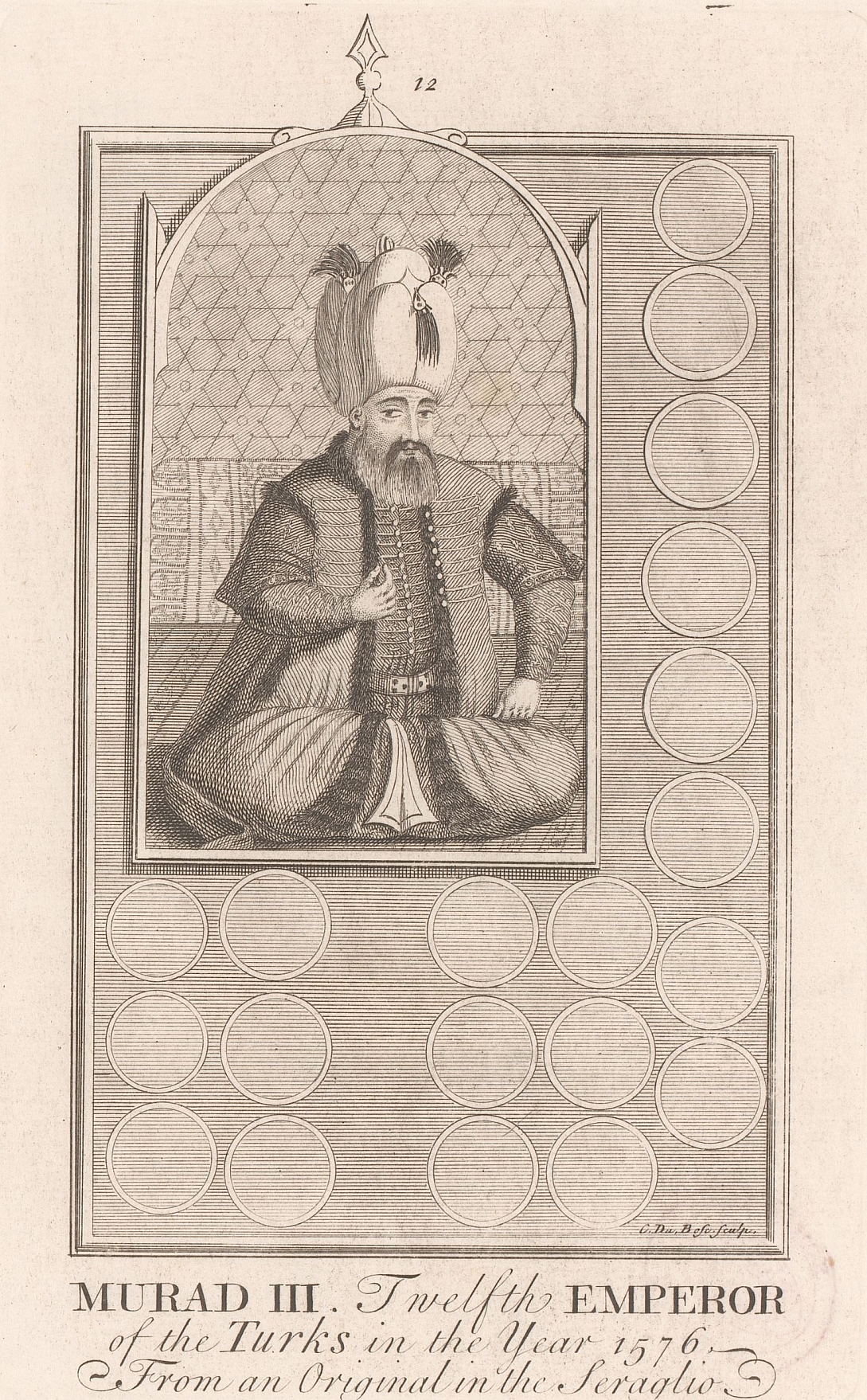
Achievements and Instruments
Taqi al-Din's work at the Istanbul Observatory included detailed observations of celestial events, the construction of advanced observational instruments, and the compilation of a new star catalogue. His invention of the mechanical clock, which could accurately measure time, was a notable achievement.
Decline and Destruction
Political and religious opposition led to the destruction of the Istanbul Observatory in 1580. Despite its short lifespan, the observatory's contributions to astronomy were significant and left a lasting legacy.
Instruments and Techniques in Turkish-Islamic Astronomy
Astrolabes: The Multifunctional Tool
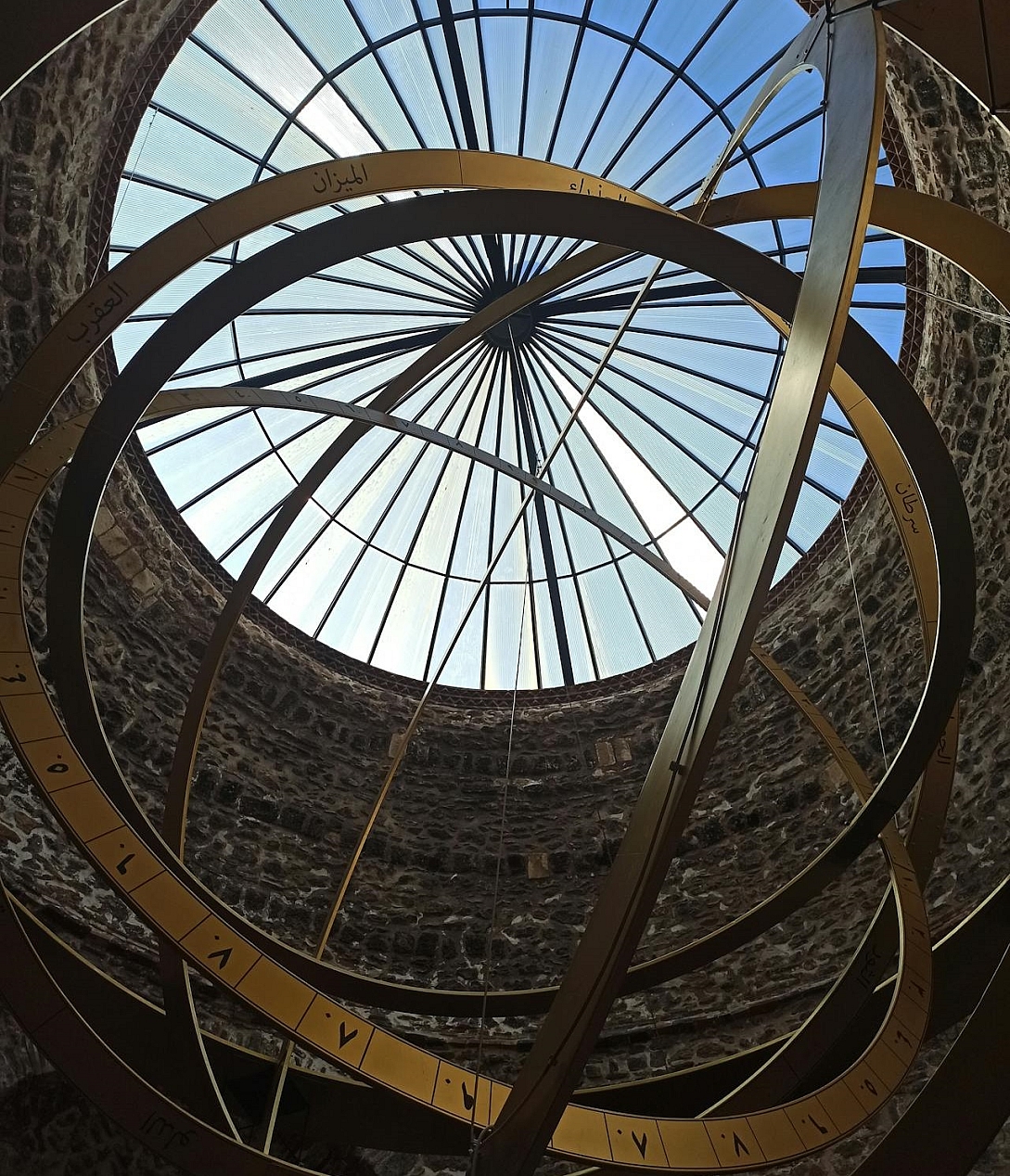
Design and Use
Astrolabes were crucial in Islamic astronomy for determining the position of stars and planets, measuring time, and finding the Qibla. These intricate devices consisted of a disk with marked degrees and a rotating arm called an alidade.
Innovations by Turkish Astronomers
Turkish astronomers improved the design and precision of astrolabes. They introduced new types of astrolabes, such as the universal astrolabe, which could be used at any latitude.
Quadrants and Sextants: Measuring the Heavens
Development and Application
Quadrants and sextants were essential tools for measuring the angles of celestial bodies above the horizon. Turkish astronomers used these instruments for accurate observations and calculations.
Ulugh Beg's Meridian Arc
The Samarkand Observatory featured an enormous meridian arc, a sophisticated instrument for measuring the declination of stars. This innovation allowed Ulugh Beg to compile one of the most accurate star catalogues of his time.
Armillary Spheres: Modeling the Universe
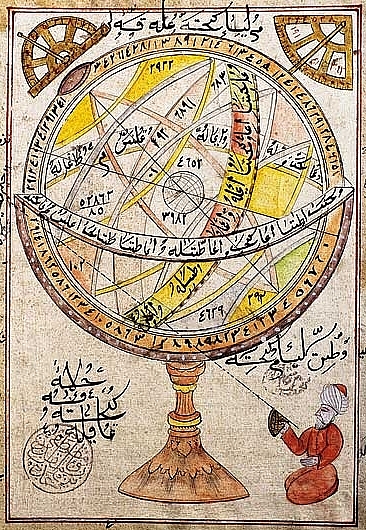
Structure and Function
Armillary spheres, consisting of a series of rings representing the celestial sphere, were used to model the movements of stars and planets. They provided a three-dimensional representation of the heavens.
Advances in Design
Turkish-Islamic astronomers refined the design of armillary spheres, making them more precise and easier to use. These instruments were crucial for teaching and research in astronomy.
Notable Figures and Their Contributions
Al-Biruni: The Polymath of Khwarazm
Life and Achievements
Abu Rayhan al-Biruni, born in 973 in Khwarazm (modern-day Uzbekistan), was a renowned polymath who significantly contributed to astronomy, mathematics, and geography. His works include "Al-Qanun al-Mas'udi," an extensive astronomical encyclopedia.
Contributions to Astronomy
Al-Biruni accurately calculated the Earth's circumference and discussed the possibility of heliocentrism. His precise observations and calculations influenced future astronomers in the Islamic world and beyond.
Ibn al-Shatir: The Damascene Innovator
Biography and Career
Ibn al-Shatir, born in 1304 in Damascus, was an influential astronomer and timekeeper at the Umayyad Mosque. His work significantly improved the Ptolemaic model of planetary motion.
Planetary Models
Ibn al-Shatir's planetary models, particularly his model for the moon, were later found to be strikingly similar to those proposed by Copernicus. This suggests a possible transmission of knowledge from the Islamic world to Europe.
Nasir al-Din al-Tusi: The Master of Maragheh
Life and Legacy
Nasir al-Din al-Tusi, born in 1201 in Persia, was a prominent astronomer, mathematician, and philosopher. He established the Maragheh Observatory and made significant contributions to astronomy and mathematics.
The Tusi-Couple
Al-Tusi's most notable contribution is the "Tusi-couple," a geometric model that solved a major problem in Ptolemaic astronomy. His work laid the groundwork for future astronomical models in both the Islamic world and Europe.
The Impact of Turkish-Islamic Astronomy on Europe
Transmission of Knowledge
Translation Movement
The works of Turkish-Islamic astronomers were translated into Latin and disseminated throughout Europe during the medieval period. This translation movement played a crucial role in the Renaissance and the Scientific Revolution.
Key Translated Works
Notable translations include Al-Farghani's "Compendium of the Science of Stars" and Al-Biruni's "Al-Qanun al-Mas'udi." These texts provided European scholars with advanced astronomical knowledge and techniques.
Influence on European Astronomers

Copernicus and the Islamic Influence
Nicolaus Copernicus, often credited with the heliocentric model of the solar system, was influenced by the works of Islamic astronomers. The similarities between Copernican models and those of Ibn al-Shatir and Al-Tusi suggest a transmission of ideas.
The Role of Observatories
The advanced observatories inspired the establishment of European observatories in the 16th and 17th centuries in the Islamic world. Instruments and techniques developed by Turkish-Islamic astronomers were adopted and further refined in Europe.
Preserving the Legacy: Museums and Cultural Heritage
Museums Showcasing Islamic Astronomy
Istanbul Museum of the History of Science and Technology in Islam
Located in Istanbul, this museum features numerous exhibits on Islamic contributions to science and technology, including astronomy. Visitors can explore replicas of ancient astronomical instruments and learn about the achievements of Turkish-Islamic astronomers.
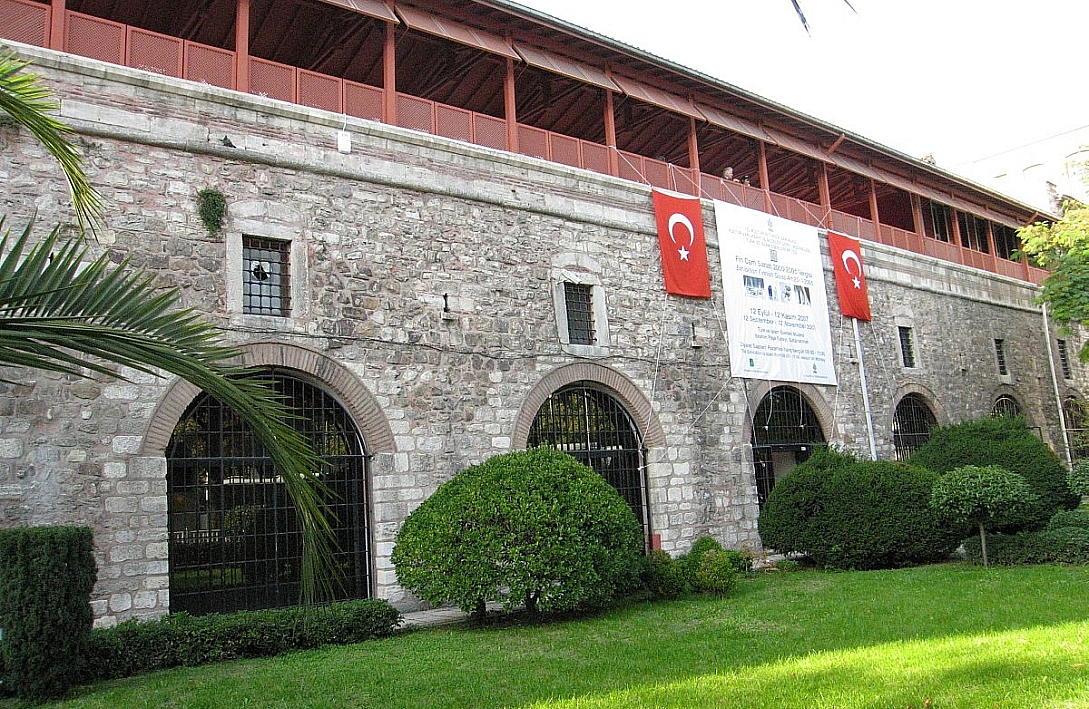
Museum of Turkish and Islamic Arts
This museum, also in Istanbul, houses artefacts and manuscripts highlighting the Islamic world's rich cultural heritage, including its contributions to astronomy.
Cultural Heritage Sites
The Ulugh Beg Observatory in Samarkand
The remains of the Ulugh Beg Observatory in Samarkand are a UNESCO World Heritage site. Visitors can explore the ruins and learn about the observatory's significant contributions to astronomy.
The Istanbul Observatory’s Historical Significance
While the original Istanbul Observatory no longer exists, its historical significance is commemorated through various cultural heritage initiatives. Exhibits and educational programs highlight the observatory's role in advancing astronomical research.
The Enduring Legacy of Turkish-Islamic Astronomers

The contributions of Turkish-Islamic pioneers in astronomy are a testament to the rich scientific heritage of the Islamic Golden Age. Their innovative instruments, precise observations, and advanced mathematical models laid the foundation for modern astronomy. Their legacy still inspires scholars and enthusiasts, bridging the gap between ancient and modern scientific inquiry.
By exploring the lives and works of these pioneers, we gain a deeper appreciation for the interconnectedness of human knowledge and the enduring quest to understand the cosmos. Whether through the meticulous star catalogues of Ulugh Beg, the groundbreaking models of Al-Tusi, or the innovative instruments of Taqi al-Din, the legacy of Turkish-Islamic astronomers remains a shining beacon in the history of science.




